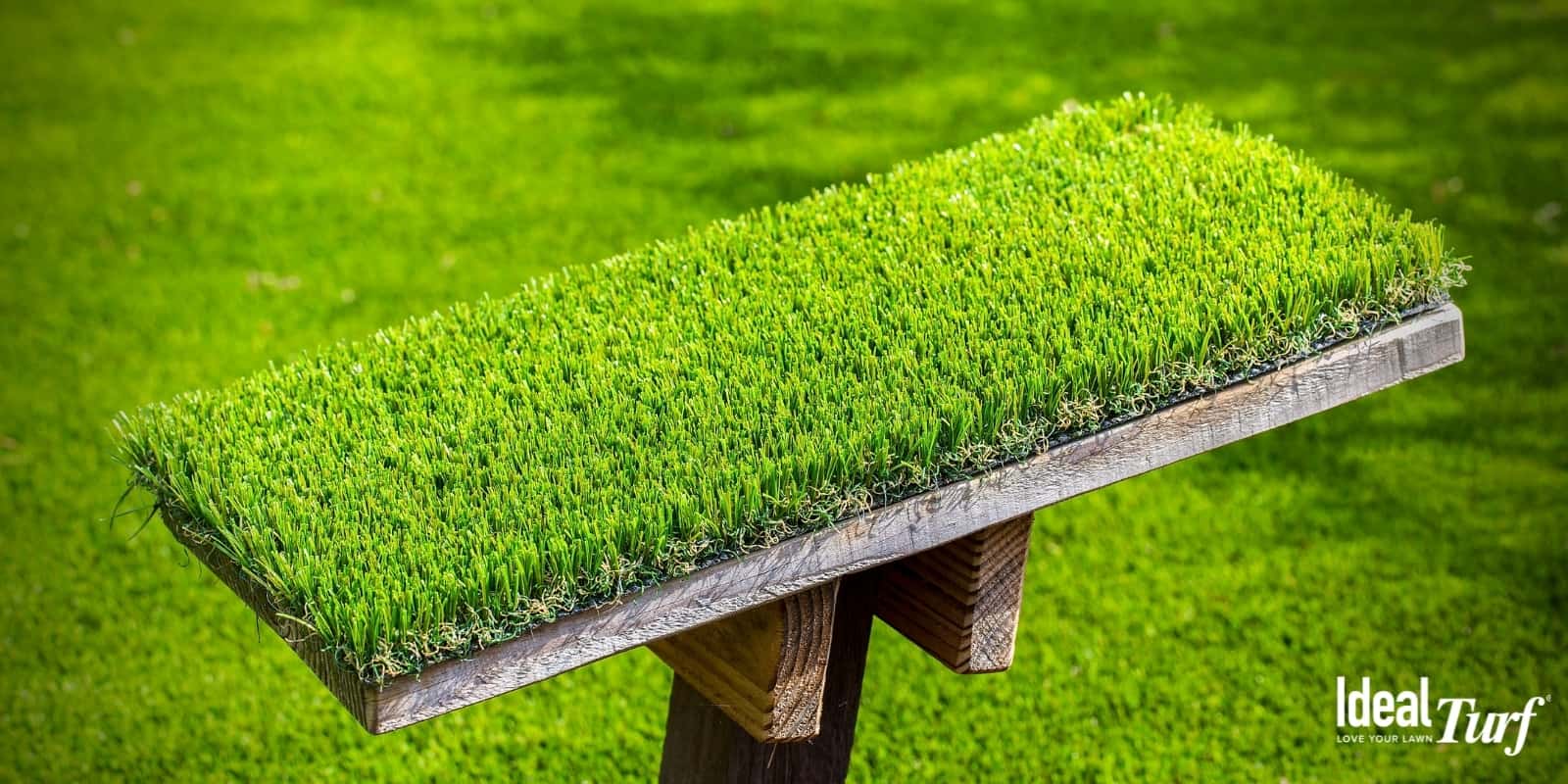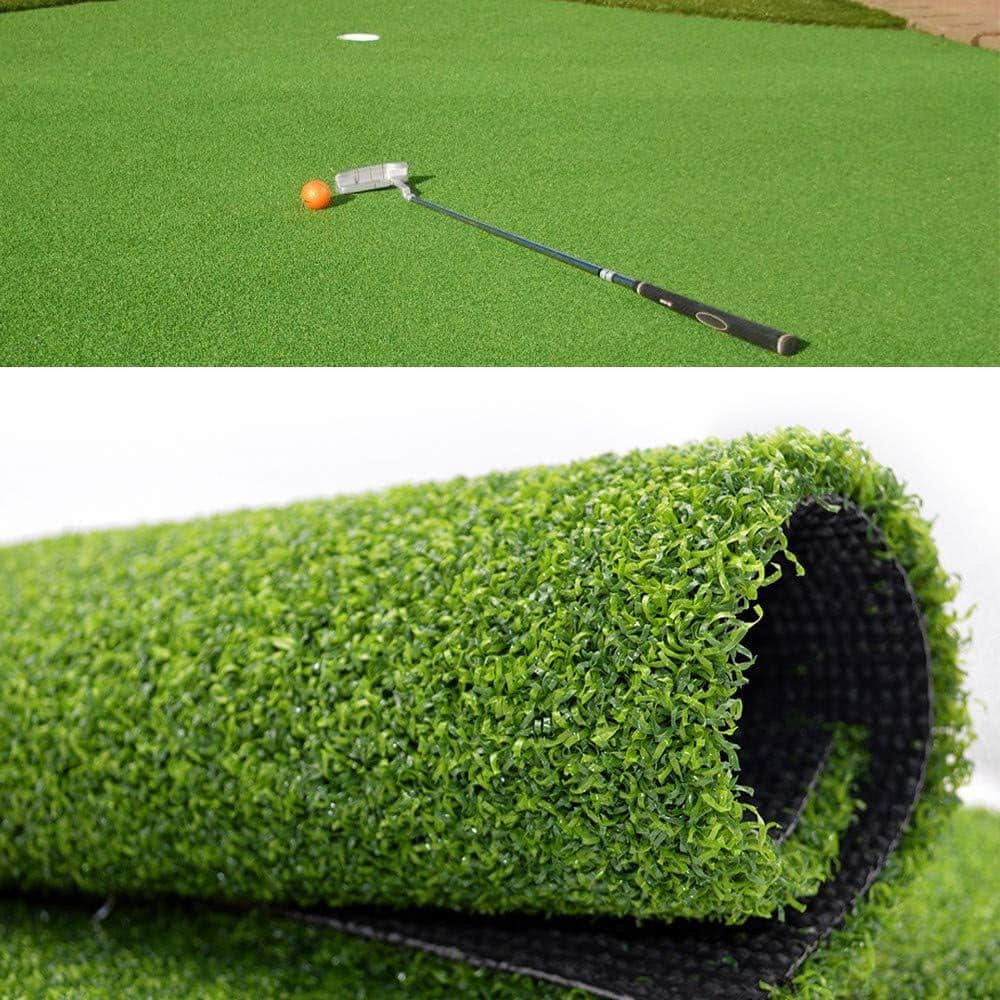Weather-Resistant Arizona Artificial Turf for Residential and Business Applications
Weather-Resistant Arizona Artificial Turf for Residential and Business Applications
Blog Article
Delve Into the Environmental Advantages of Opting for Artificial Turf Solutions
The adoption of synthetic grass services provides an engaging chance to deal with pressing ecological obstacles. By dramatically decreasing water usage and reducing the application of damaging chemicals, these choices not just advertise lasting landscaping however also secure local ecological communities. In addition, the lower carbon impact connected with lowered upkeep activities adds to a more sustainable approach to land management. Nevertheless, the implications of these benefits extend past mere conservation efforts, increasing inquiries concerning their long-term impact on habitat preservation and total ecological balance. Exploring these dimensions exposes a complex interaction worth taking into consideration.
Water Preservation Perks
One of the most considerable advantages of synthetic turf is its capability to conserve water. In contrast, artificial turf does not need watering, significantly minimizing the overall demand for water resources.
By removing the need for normal watering, synthetic grass adds to sustainable landscape techniques and aids reduce the ecological impact of too much water usage. The conservation of water extends to the decrease of runoff, which can lead to soil disintegration and waterway air pollution.
Additionally, the installation of man-made grass allows property owners and districts to designate water sources a lot more effectively, focusing on vital uses such as alcohol consumption water and agriculture. The shift towards fabricated lawn not only advertises accountable water use but additionally straightens with more comprehensive environmental objectives focused on protecting natural sources.
As areas increasingly focus on sustainability, the water preservation benefits of synthetic turf provide an engaging case for its fostering in industrial and property landscape design projects.
Lowered Chemical Use
The transition to synthetic grass substantially reduces the reliance on chemical therapies generally utilized in all-natural grass upkeep. Typical grass management usually includes the application of herbicides, plant foods, and chemicals to promote development and control bugs. These chemicals can present dangers to human health and wellness, local wild animals, and the environment, adding to dirt and water contamination.
On the other hand, fabricated grass removes the requirement for these unsafe materials. Once mounted, it needs marginal upkeep, mainly including routine cleansing and infrequent infill replenishment. This decrease in chemical usage not just benefits the prompt setting but additionally contributes to broader eco-friendly security. By minimizing the release of synthetic substances into the ecological community, synthetic grass advertises healthier dirt and water supply.
Additionally, the absence of chemical runoff related to synthetic grass installations helps protect neighborhood waterways from contamination, sustaining aquatic life and maintaining biodiversity. Turf installation phoenix az. As neighborhoods significantly focus on sustainable techniques, deciding for man-made lawn provides a feasible service that aligns with ecological preservation goals. Via this shift, property proprietors can enjoy rich green spaces without endangering ecological health, leading the means for a more sustainable future
Reduced Carbon Footprint

Additionally, the installment of synthetic grass can cause considerable water preservation. Natural lawns call for significant amounts of water for watering, which not only contributes to the carbon footprint connected with water removal and therapy but also strains neighborhood water resources. In comparison, artificial grass requires minimal maintenance, calling for no watering, thus considerably reducing water use and its associated energy costs.
Additionally, the long life of synthetic grass adds to its lower carbon influence. With a life expectancy of as much as 15 years or even more, the demand for constant replacements is decreased, causing less waste and reduced energy consumption in production and dealing with standard yard choices. In general, synthetic grass provides a lasting alternative for eco conscious landscape design.
Habitat Conservation
Habitat conservation is an essential consideration in the argument over landscape design choices, especially when comparing synthetic grass to all-natural lawn. All-natural lawn lawns often call for considerable upkeep, including using fertilizers, herbicides, and pesticides, which can negatively impact regional environments. These chemicals can seep into the soil and waterways, damaging native vegetation and animals and interfering with neighborhood environments.
Artificial grass eliminates the requirement for harmful chemicals, consequently securing close-by wild animals and maintaining the stability of surrounding communities. The setup of fabricated turf can lead to the conversion of previous turf areas right into even more biodiverse landscapes, such as pollinator yards or indigenous plant locations, which can support neighborhood wildlife.
Eventually, the change to fabricated grass not only conserves water and reduces maintenance efforts however additionally fosters a more unified relationship in between human activities and the native environment, promoting habitat preservation while doing so.
Long-Term Sustainability
Long-term sustainability is a crucial factor in assessing the benefits of man-made turf over typical yard yards. One of the most significant benefits of synthetic grass is its longevity; it can last as much as 15-20 years with minimal upkeep, whereas natural turf requires frequent reseeding and replacement. This longevity you can look here decreases the requirement for consistent resources, such as water, plant foods, and chemicals, which are essential for preserving a healthy grass lawn.
Furthermore, man-made lawn adds to a reduction in carbon discharges connected with grass care tools. Conventional lawns usually call for gas-powered mowers, trimmers, and blowers, all of which add to air contamination. Arizona artificial turf. In comparison, synthetic grass gets rid of the demand for such equipment, advertising a cleaner atmosphere
Additionally, the production of fabricated lawn significantly makes use of recycled products, enhancing its sustainability profile. As suppliers adopt green methods, the ecological impact of synthetic grass proceeds to lessen.

Final Thought
The fostering of synthetic grass services provides substantial ecological advantages, including significant water conservation, decreased reliance on unsafe chemicals, and a reduced carbon impact. Additionally, synthetic grass see here help in maintaining all-natural habitats by reducing land disruption and promoting long-lasting sustainability with the usage of durable products. Collectively, these variables underscore the capacity of artificial turf to contribute favorably to ecological health and wellness and offer a viable choice to typical landscape design methods in an increasingly resource-conscious globe.
In comparison, synthetic grass does not need watering, dramatically reducing the general need for water resources. By decreasing the launch of synthetic compounds right into the community, artificial grass advertises much healthier soil and water systems.
Furthermore, the installation of fabricated lawn can result in significant water preservation. In contrast, man-made grass requires marginal upkeep, requiring no watering, thereby significantly minimizing water use and its connected power prices.

Report this page